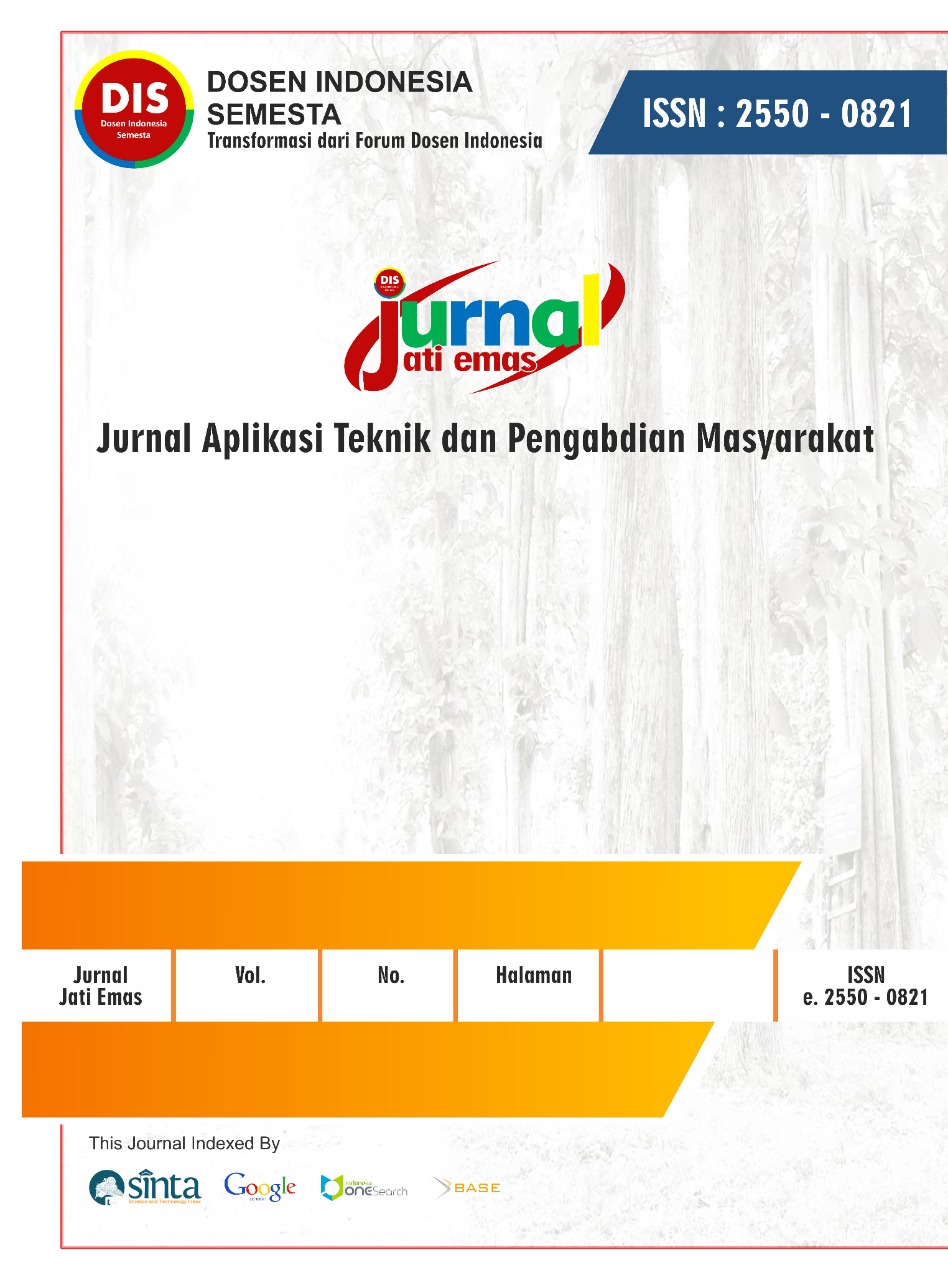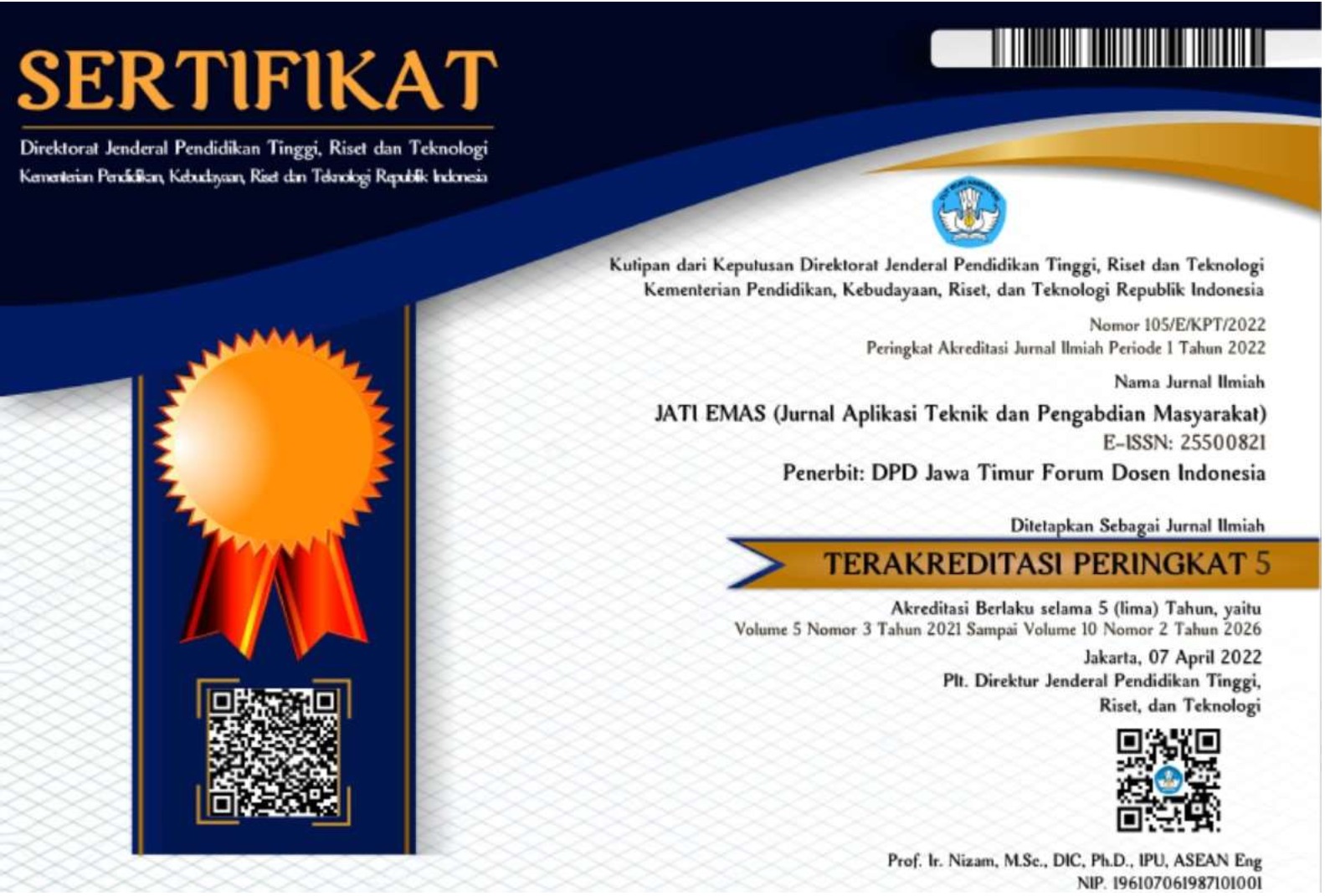Analysis of Fertilizer Product Quality Control Using The Total Quality Control (TQC) Method at PT. Saprotan Utama Semarang
Analisis Pengendalian Kualitas Produk Pupuk Menggunakan Metode Total Quality Control (TQC) Di PT. Saprotan Utama Semarang
DOI:
https://doi.org/10.12345/je.v9i2.232Keywords:
Defects, Fertilizer, Product, Quality Control, Total Quality ControlAbstract
One of the key factors that influence the success of a business is product quality, in addition to other factors such as price, promotion and service. Only products with high quality are able to compete effectively in the midst of intense competition. PT Saprotan Utama has implemented various quality control measures to ensure product standards are met. However, some constraints in the production process still cause the product to not meet the predetermined quality standards. This applied study aims to evaluate the level of quality control at PT Saprotan Utama by applying the Total Quality Control (TQC) method. The data used in this applied study is the company's historical data from the period May to September 2024. The results of the study show that there are two types of product defects, namely damage to the zak totaling 216,170 units and damage to the zak accompanied by open seams totaling 9,425 units. The results of the analysis using the p-control map show that some fertilizer products do not meet the statistical control criteria because the value of the proportion of defects is outside the upper control limit (UCL) of 0.009 and the lower control limit (LCL) of 0.003. This indicates that the quality control of fertilizer products is not optimal and the product defect rate is still relatively high. Factors that may cause product defects include human factors, machines, methods, and the environment. These factors need to be further studied to minimize product defects.






